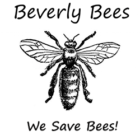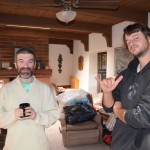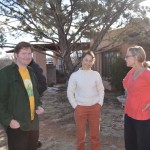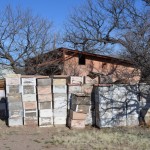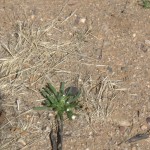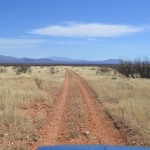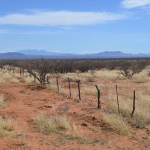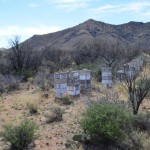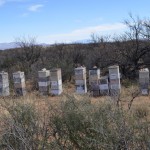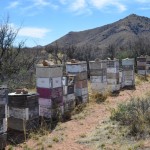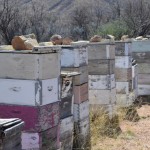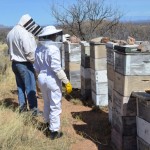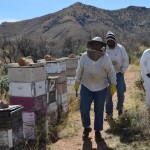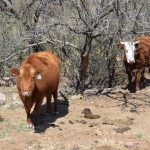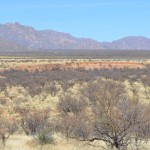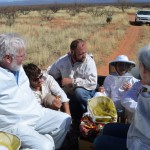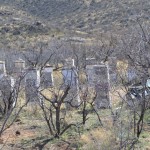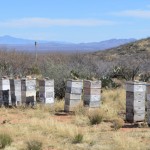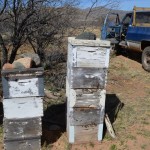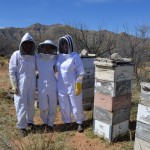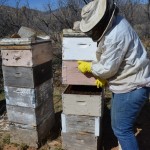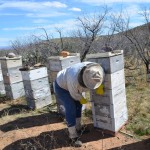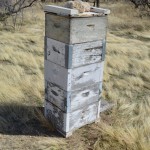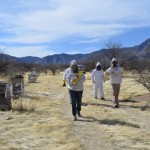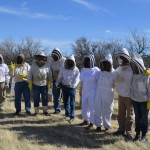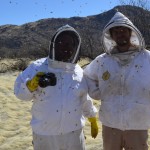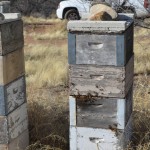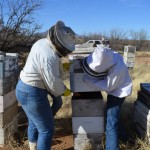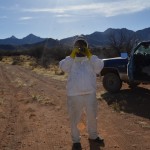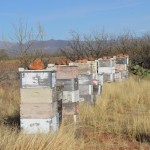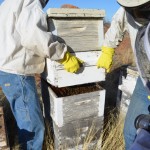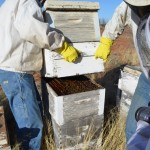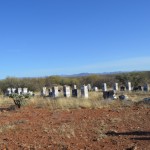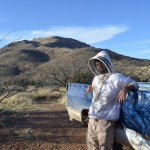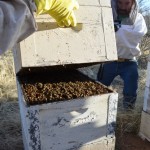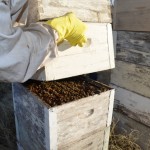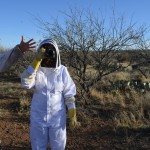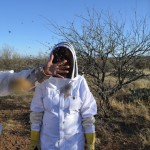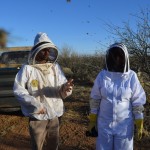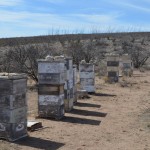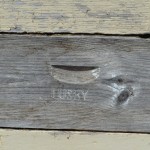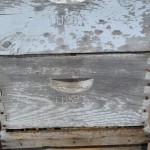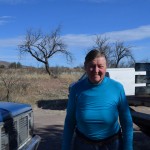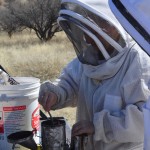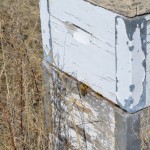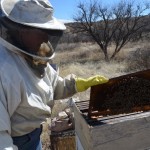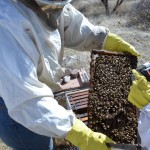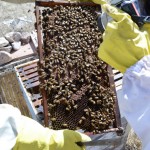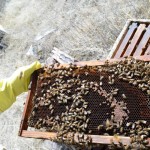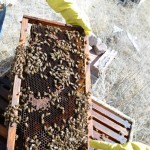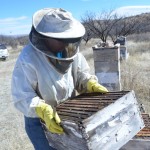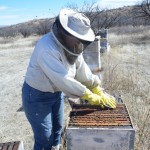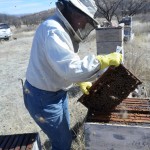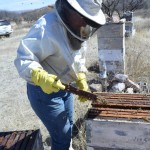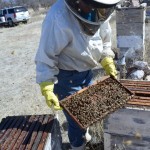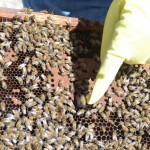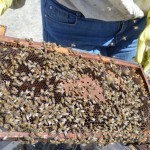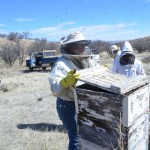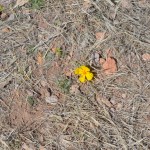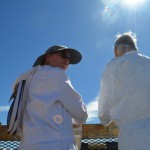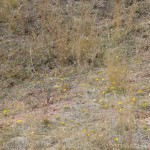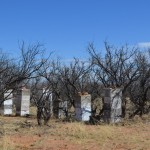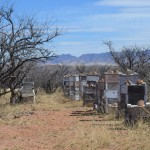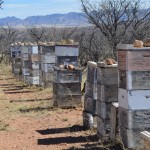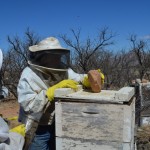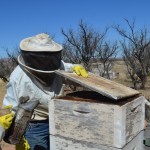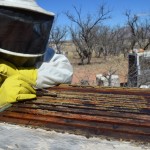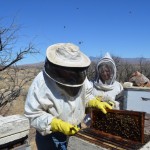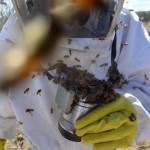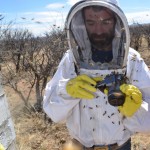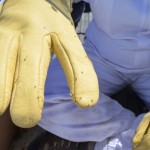Dee Lusby Organic Beekeeper
Recently, I had the pleasure of attending the Organic Beekeeping Conference in Oracle, Arizona. This event is put together every year by Dee Lusby, the queen of Organic and Treatment Free Beekeeping. Dee Lusby is a commercial beekeeper with over 700 hives in southern Arizona, the founder of the Organic Beekeepers Yahoo Group and the pioneer of small cell beekeeping. Dee believes modern beekeeping has lost its way and encourages beekeepers to find their way back to biological beekeeping.
“It is time for beekeepers to relearn their traditions and history, and to undo and retool that which is wrong for our honeybees survival. We must follow the long hard way back to biological beekeeping to overcome our problems. It’s not hard, but it must be done. Chemicals, essential oils, drugs, artificial feed, size, and to some degree inbreeding, are killing our nations industry and it must be reversed.” – Dee Lusby, The Way Back To Biological Beekeeping
Dee has written several articles on the subject and I encourage you to read them. In her writing she talks about the hows and why of small cell beekeeping, making your own foundation to avoid chemical contaminants, bee breeding and so much more. Her writings can be found in the Ed and Dee Lusby archives on beesource here or as one document called Dee’s Book in the file section of the Organic Beekeepers Yahoo Group.
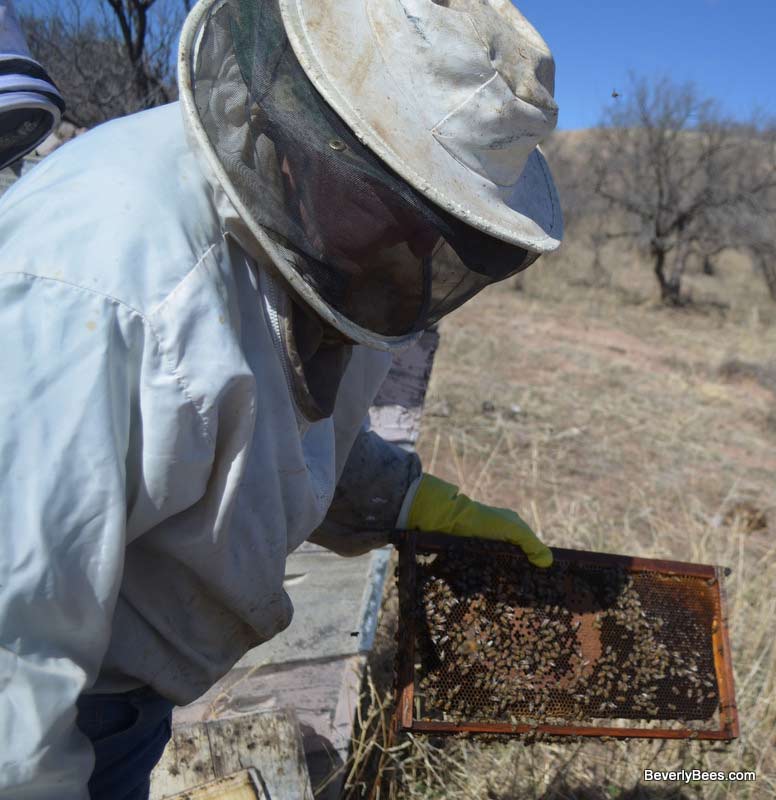
After the conference was over, a few of us were lucky enough to get a personal tour of some of Dee’s bee yards. Seeing her bees in person was an amazing experience in itself. The vigor of her bees is unlike any others I have seen and they are a true testament to treatment free methods working. Although the bees are hotter than I am used to here in MA, the tough desert environment they are in requires it. Her yards are very isolated, the bees hardly see people, and when they do, they sometimes have malintentions towards the hives. Occasionally her hives get knocked over by cattle, so it takes a strong bee to survive here.
Visiting Dee’s bees I was surprised at some of their behavior. For instance they have a severe and undying hatred toward the paparazzi. Although I did not get stung, the bees were persistently attacking my camera and even managed to get a few stings into the lens and other places. By the end of the trip, my camera was covered in venom. You can see evidence of this in the video at the bottom of this post. When watching the video, notice the bees around Dee vs. the bees on my camera, it is an astounding sight. The bees did sting my glove on the hand that was holding the camera, but only because it has holding the camera, they did not sting anywhere else. A picture of my glove is in the picture gallery at the end of this post. Due to the assault on my camera, I was easily able to smell the “Banana Scented” alarm pheromone in Dee’s bees, which was quite fun.
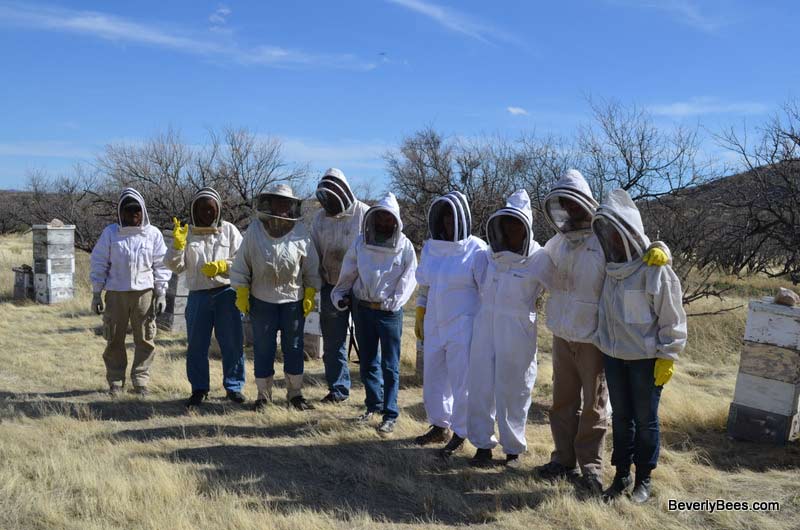
Some of Dee’s Methods
Clean Wax
All the commercial foundation on the market today is contaminated with pesticides that beekeepers have used to kill mites and other pests in the hive. In order to avoid this chemical contamination, Dee makes all her own wax foundation by hand, using wax left over from her production hives. Since Dee does not use pesticides in her hives, this gives her bees cleaner wax and a cleaner hive to reside in.
Small Cell Bees
All of Dee’s bees are raised on small cell foundation (4.9mm). Dee says the smaller cell size makes her bees mite and disease resistant, but also it allows her to have more bees per frame. The more bees you have, the more honey your hive can make. Although Dee describes it best, the small cell theory in a nutshell says that in the 1920’s and 30’s in order to try to get bees to make more honey, honeybees were artificially enlarged as beekeepers built foundation with larger cell sizes. The larger the cell, the larger the bee that emerges out of it. After this experimentation, what we are left with today is no standard size for foundation among manufacturers, but instead varying cell sizes. All of the foundation on the market today, except small cell foundation, is larger than the size the honeybees used to use before this experimentation. Dee says the larger bee is not as strong, cannot get to many of the smaller flowers it used to forage on, and is susceptible to more parasites than the smaller bee it evolved from. Anyone interested in learning more about the small cell theory should join Dee Lusby’s Organic Beekeepers yahoo group, where she is likely to answer any and all questions you ask there.
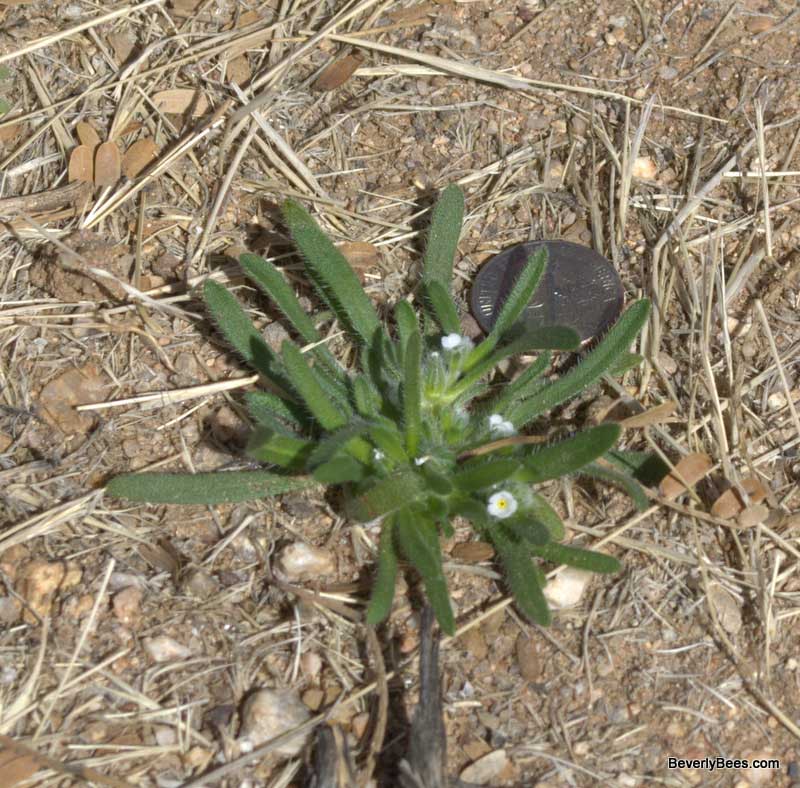
Unlimited Brood Nest & Harvesting Only Surplus Honey
Another key to Dee’s success is raising her bees using an unlimited broodnest with all deep boxes. The core of her broodnest is 3 deeps, with 2 or more deeps on top for honey, as well as expansion of the brood boxes as needed. When Dee wants to harvest honey, she takes one frame at a time of surplus honey only. She just takes honey the bees do not need and leaves the hives with more than enough honey to keep the colonies strong. This way her bees are only eating honey and never have to be fed sugar or other artificial food to survive. Only eating honey is better for the bees and it this keeps her bees strong and healthy.
Housel Positioning
Housel positioning of the combs is also important to Dee. On every sheet of foundation or comb, in the center bottom of each cell, you will see either a Y shape or an upside down Y shape (I will call this ^). When you flip this frame around left to right, you will see the opposite on the other side of the comb. If a Y is on the front, an upside down Y ( or ^) will be on the back. One frame will look something like this Y|^. To emulate how bees draw comb in the wild, the upside down Y’s on each frame should all face the center of the brood box. In the middle of the brood box you will have two frames with upside down Y’s or ^’s facing each other. So if one frame is Y|^, your frames would be arranged like so – Y|^,Y|^,Y|^,Y|^,Y|^,^|Y,^|Y,^|Y,^|Y,^|Y. Dee has all of her frames marked to indicate Housel positioning, to keep them facing the right way for the bees. You can see the marks on the frames in the photo below.
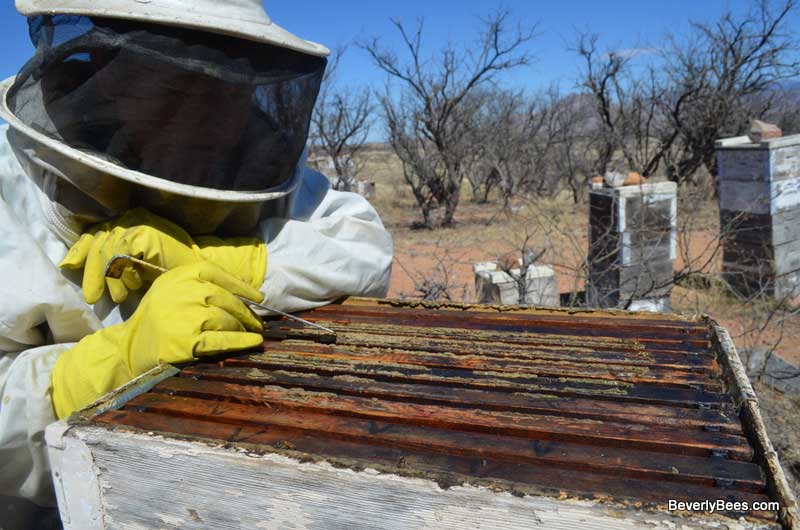
Walk Away Splits & Drone Right Colonies
Dee makes new hives by doing walk away splits and lets the bees raise their own queens. She also leaves room on the bottom of her foundation for her bees to build drones.
“It should always be remembered that while the drones do no work physically in the hive, THEY DO ACT AS THE BEST ATTRACTANT TO PULL DISEASE AND PARASITES TO THEMSELVES AS FIRST TARGETS, SO WORKERS CAN SURVIVE THROUGHOUT THE ACTIVE SEASON. THEN, WHEN THE HONEY IS IN AND NEW QUEENS ARE MATED, THEIR JOBS DONE, THEY ARE CAST OUT TO INITIATE CLEANSING THE HIVE OF ITS DISEASE AND PARASITE PROBLEMS.” Dee Lusby, The Way Back To Biological Beekeeping Part 9
Great Foraging Locations
Although it appears to be a barren landscape, the desert is surprisingly an amazing forage area for bees. Both Dee’s bees and feral bees are thriving there.
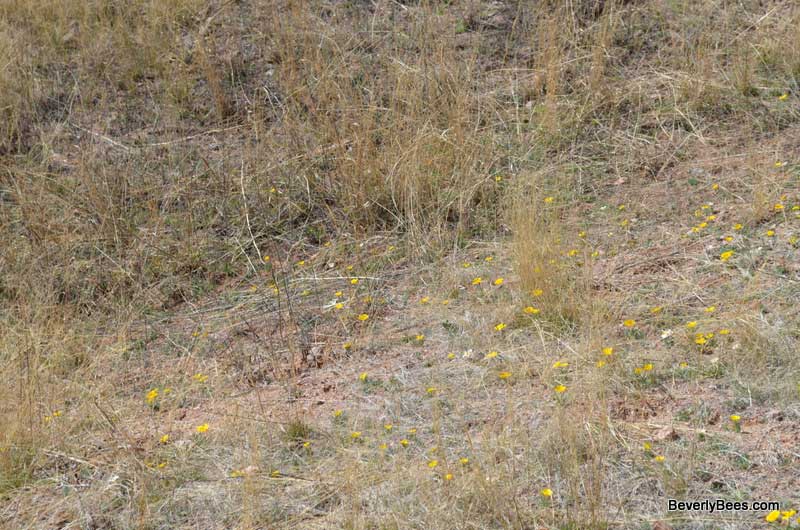
To see a compilation of video clips from the tour of Dee’s Bee yards, please watch the video below. This video can also be viewed on my YouTube channel here.
Here are some pictures from the trip to Dee’s bee yards. Click on any picture to open the gallery and then use the arrows to scroll through the pictures. If you are reading this post in a reader and the gallery does not display properly please view this post on my website by clicking here. Enjoy!
To find out more about treatment free beekeeping check out these posts below.
Other Posts You May Enjoy:
- Microbes & Bees Plus How To Light A Smoker & Other Hive Inspection Tips
- Top Bar Hive Honey Harvest With Sam Comfort
- Treatment Free Beekeeping Conference Plus “What Bees Need”
- Michael Bush At The Treatment Free Beekeeper’s Conference
- Top Bar Hive Inspection With Sam Comfort
- Queen Rearing With Dean Stiglitz
- Top Bar Hives With Les Crowder
